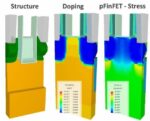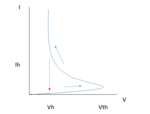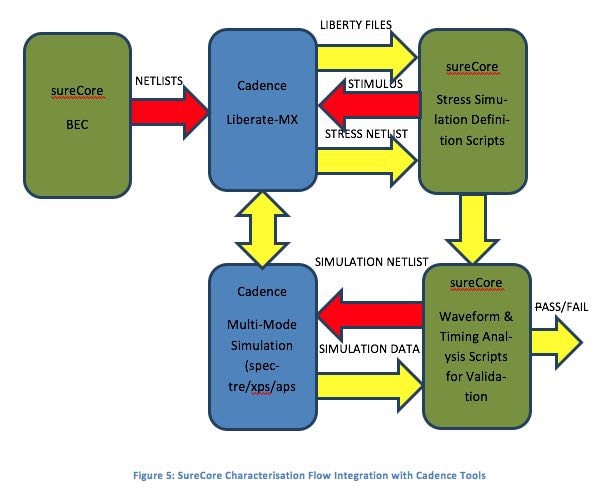The explosive growth of AI and accelerated computing is placing unprecedented demands on system-on-chip (SoC) design. Modern AI workloads require extremely high bandwidth, ultra-low latency, and energy-efficient data movement across increasingly heterogeneous architectures. As SoCs scale to incorporate clusters of… Read More
Tag: memory
Webinar: 5 Expectations for the Memory Market in 2026
October 29, 2025 – 11:00 AM EST
October 30, 2025 – 10:00 AM JST/KST
Discover the 5 Critical Memory Market Trends Reshaping Semiconductors in 2026
AI workloads, HBM4 adoption, and 3D NAND scaling—what’s next for the memory industry in 2026.
The memory semiconductor industry is entering a critical inflection point. Explosive… Read More
TCAD for 3D Silicon Simulation
Semiconductor fabs aim to have high yields and provide processes that attract design firms and win new design starts, but how does a fab deliver their process nodes in a timely manner without having to run lots of expensive silicon through the line? This is where simulation and TCAD tools come into play, and to learn more about this… Read More
Expedera Proposes Stable Diffusion as Benchmark for Edge Hardware for AI
A recent TechSpot article suggests that Apple is moving cautiously towards release of some kind of generative AI, possibly with iOS 18 and A17 Pro. This is interesting not just for Apple users like me but also for broader validation of a real mobile opportunity for generative AI. Which honestly had not seemed like a given, for multiple… Read More
LAM Not Yet at Bottom Memory Worsening Down 50%
-Lam reported in line results on reduced expectations
-Guidance disappoints as memory decline continues
-Memory capex down 50% but still sees “further declines”
-Lam ties future to EUV maybe not good idea after ASML report
Lam comes in above grossly already reduced expectations
and misses on guidance
We always … Read More
Can Threshold Switches Replace Transistors in the Memory Cell?
The overwhelming majority of transistors produced in the world are used in memory cells, either as the memory itself (Flash, SRAM), or as the access device (DRAM). Yet, it is not necessary to have a transistor in every memory cell. In 2015, 3D XPoint, the first major product based on transistor-less memory cells, was announced [1].
Lithography Resolution Limits – Arrayed Features
State-of-the-art chips will always include some portions which are memory arrays, which also happen to be the densest portions of the chip. Arrayed features are the main targets for lithography evaluation, as the feature pitch is well-defined, and is directly linked to the cost scaling (more features per wafer) from generation… Read More
Webinar – AI/ML SoC Memory and Interconnect IP Perspectives
For decades development work on Artificial Intelligence (AI) and Machine Learning (ML) was done on traditional CPUs and memory configurations. Now that we are in the “hockey stick” upturn in deployment of AI and ML, the search is on for the most efficient types of processing architectures. The result is a wave of development for… Read More
Low Power SRAM Complier and Characterization Enable IoT Applications
If you are designing an SOC for an IoT application and looking to minimize power consumption, there are a lot of choices. However, more often than not, looking at reducing SRAM power is a good place to start. SRAMs can consume up to 70% of an IC’s power. SureCore, a leading memory IP supplier, offers highly optimized SRAM instances … Read More
SOC security is not a job for general purpose CPUs
Life is full of convenience-security tradeoffs. Sometimes these are explicit, where you get to make an active choice about how secure or insecure you want things to be. Other times we are unaware of the choices we are making, and how risky they are for the convenience provided. If you leave your bike unlocked, you can expect it to be… Read More









